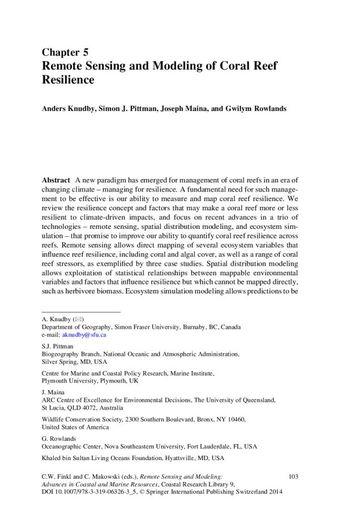Connect with National Museum - Natural History Museum
Contact this content partner to get more information about this item.
Model of coral reef community Indopacifik
- Description:
- Coral reefs are formed in the tropical seas of the whole world, generally between the Raka and Capricorn vertebrates (25 ° N - 25 ° S), with optimum water temperatures from 23 to 25 ° C and depths up to 27 m. Corals are sessile animals and can live alone or in colonies. The corals themselves are not limited to the tropics, where they build entire cliffs, but also inhabit the cold waters of the Arctic and Antarctic beyond the Arctic Circle. But none of these child-loving species grow as fast as large reef species in the tropics. The coral reef is the environment with the largest biomass production. The cliffs surrounding the continents and islands protect them from the destructive onslaught of the sea and influence the formation of the coast due to the high sedimentation between the cliff and the ground. However, they are very threatened by the permanent pressure of human activity. Twenty percent of the coral reefs in the world have already been destroyed, almost a quarter are in imminent danger and another quarter are endangered in a longer-term view. All coral reefs are formed on the same principle by the growth and accumulation of calcareous skeletons, especially beads, their appearance and composition are varied. According to the origin and location, it is divided into three main types: lemons (bank), barrier and atolls. Fringing reef is a coral growing just off the shore in shallow water. By successive propagation and increase they grow both towards the surface and towards the open sea (outer edge of the cliff). The edge of the hem cliff is often separated from the ground by very shallow water, so that at low tide the reef platform can get over the water. Lem cliffs can be found on the east coast of Africa, Madagascar, Java, Solomon and Carolingian islands, in isolation as well as in the Caribbean region and weakly developed near Hawaii. Barrier reef is a completely different type of reef. It is not always continuous, it forms a series of almost continuous spines, which are divided into inner and outer reefs. On the outer edge, the amount of corals is directly below the surface - the windward edge of the reef expands through the growth of corals. Towards the mainland of individual coral bunches, due to freshwater influences and sediment deposits, it is decreasing. The best known example is the Great Barrier Reef off the northeast coast of Australia. Other barrier reefs are located in the Pacific Ocean between the Social Islands, Fiji, New Caledonia and the southeast of New Guinea. They occur much less in the Indian Ocean and only rarely in the Atlantic. Atolls are the right coral islands. It differs from the selvedge or barrier type in annular shape and slope, which fall into deep water. Inside the atoll is a shallow lagoon. The lagoon ring consists of a series of shallows and small islets and straits broken through the straits that allow access from the oceans to the lagoon. Groats with a formed soil layer can be covered with vegetation (e.g. coconut palms). One of the most typical atolls is the Kokos Islands in the Indian Ocean, first studied by Charles Darwin, the creator of the still valid theory of the emergence of not only atolls but also barrier reefs.
- Format:
- image
- Collections:
- National Museum - Natural History Museum
- Content partner:
- National Museum - Natural History Museum
- Availability:
- Not specified
-
Copyright status: All rights reservedFind out more about what you are able to do with this itemThis item is all rights reserved, with means you'll have to get permission from National Museum - Natural History Museum before using it. For more information, please see our use and reuse page.More informationNational Museum - Natural History Museum has this to say about the rights status of this item:
http://rightsstatements.org/vocab/InC/1.0/
What can I do with this item?Non-infringing useNZ copyright law does not prevent every use of a copyright work, and this item may be hosted by an international institute or organisation. You should consider what you can and cannot do with a copyright work.No sharingYou may not copy and/or share this item with others without further permission. This includes posting it on your blog, using it in a presentation, or any other public use.No modifyingYou are not allowed to adapt or remix this item into any other works.No commercial useYou may not use this item commercially.
Related items
Welcome and warm Pasifik greetings
The information on this site has been gathered from our content partners.
The names, terms, and labels that we present on the site may contain images or voices of deceased persons and may also reflect the bias, norms, and perspective of the period of time in which they were created. We accept that these may not be appropriate today.
If you have any concerns or questions about an item, please contact us.
